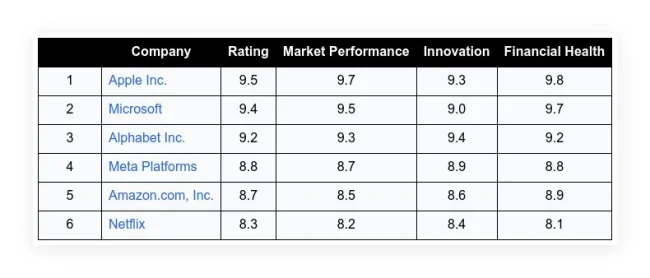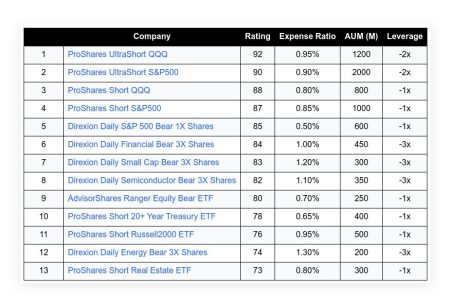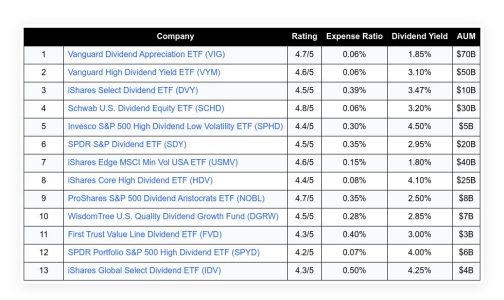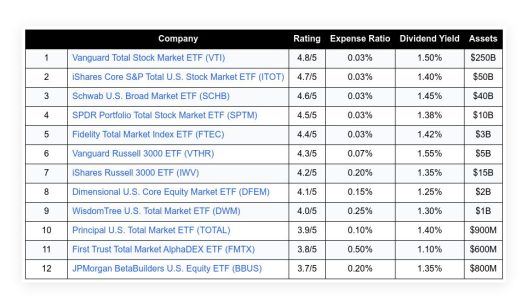The United States, like any other country, operates on a budget. This budget is a balance between income and expenses. The income primarily comes from individual and corporate taxes, while the costs are allocated to various sectors such as social security, healthcare, defense, infrastructure, and interest paid on debt. However, the U.S. government’s budget management has often been criticized for not being run like a good business.
Table of Contents
ToggleThe projected deficit
In 2024, the U.S. government’s income is projected to be $1.6 trillion less than its expenses, adding to the current debt level of $34 trillion. This deficit is a significant concern, but the U.S. government has a unique tool at its disposal to manage this situation—the ability to print money.
View this post on Instagram
A post shared by Taylor Sohns – CFP®, CIMA®, MBA – Finance (@lifegoalinvestments)
The process of money printing
The process of money printing is not as straightforward as it sounds. It involves issuing treasury bonds, essentially IOUs, to individuals, corporations, or foreign countries in return for money. The government promises to repay the money borrowed, plus a level of interest, in the future.
For instance, if a treasury bond buyer gives the government $1,000, the government must repay them $1,000 plus $50 in interest. This $50 in interest is not part of the original amount borrowed; it is essentially created out of thin air or, in other words, printed.
The problem with this process
However, this process becomes problematic when the government owes the money back and continues to have less income than expenses. In such a scenario, the government repeats the money printing process, leading to an increase in the national debt.
This cycle is similar to an individual racking up credit card debt. The more debt the individual accumulates, the higher the interest they have to pay. Similarly, the more debt the government accrues, the higher the level of interest it has to pay. This cycle, if not appropriately managed, can lead to a vicious debt spiral.
The debt cycle explained.
The U.S. government’s debt situation is akin to the predicament your cousin Joey might find himself in if he continually racks up credit card debt without a plan to pay it off. The more debt Joey accumulates, the higher the interest he has to pay, and if he continues to spend more than he earns, he will find himself in a never-ending cycle of debt.
The U.S. government’s situation is similar but on a much larger scale. The government continues to spend more than it earns, leading to an increase in the national debt. To manage this debt, the government prints more money, which only increases the debt further due to the interest that needs to be paid on the borrowed money.
The implications of the debt cycle
This cycle of debt is a significant concern for the U.S. economy. If not managed properly, it can lead to severe economic consequences. However, it is essential to note that the government has the tools to manage this situation.
Looking ahead
In the next part of this article, we will delve into potential solutions to this problem and discuss the level of concern we should have regarding the U.S. government’s debt situation. Stay tuned for an in-depth analysis of how we can navigate out of this economic quagmire.
Frequently Asked Questions
Q. What is the projected deficit for the U.S. government in 2024?
In 2024, the U.S. government’s income is projected to be $1.6 trillion less than its expenses, adding to the current debt level of $34 trillion.
Q. How does the U.S. government print money?
The process of money printing involves the issuance of treasury bonds, which are essentially IOUs, to individuals, corporations, or foreign countries in return for money. The government promises to repay the money borrowed, plus a level of interest, in the future.
Q. Why is the process of money printing problematic?
This process becomes problematic when the government owes the money back and continues to have less income than expenses. In such a scenario, the government repeats the money printing process, increasing the national debt.
Q. What is the debt cycle?
The debt cycle is a situation where the government continues to spend more than it earns, increasing the national debt. To manage this debt, the government prints more money, which only increases the debt further due to the interest that needs to be paid on the borrowed money.
Q. What are the implications of the debt cycle?
This cycle of debt is a significant concern for the U.S. economy. If not managed properly, it can lead to severe economic consequences. However, it is important to note that the government has the tools to manage this situation.
Q. What will be discussed in the next part of the article?
In the next part of this article, we will delve into potential solutions to this problem and discuss the level of concern we should have regarding the U.S. government’s debt situation.

















